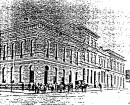FULHAM PARK
413 MYRTLEBANK-FULHAM ROAD FULHAM, WELLINGTON SHIRE
-
Add to tour
You must log in to do that.
-
Share
-
Shortlist place
You must log in to do that.
- Download report
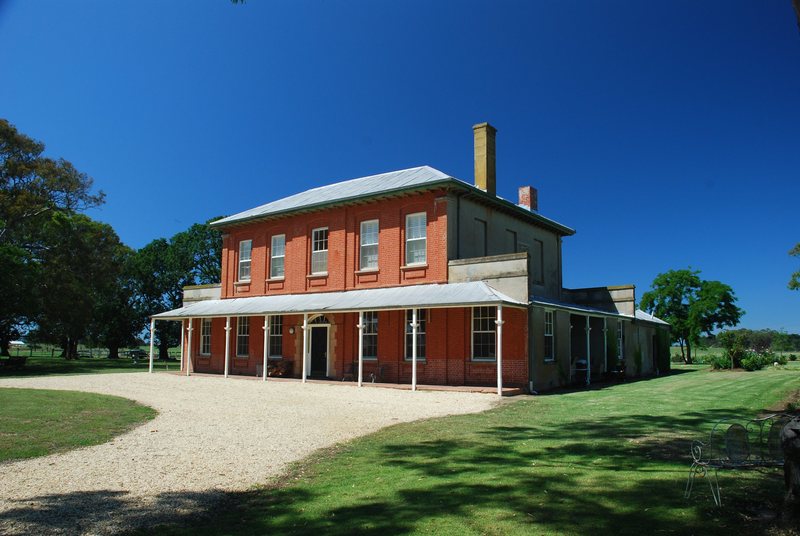

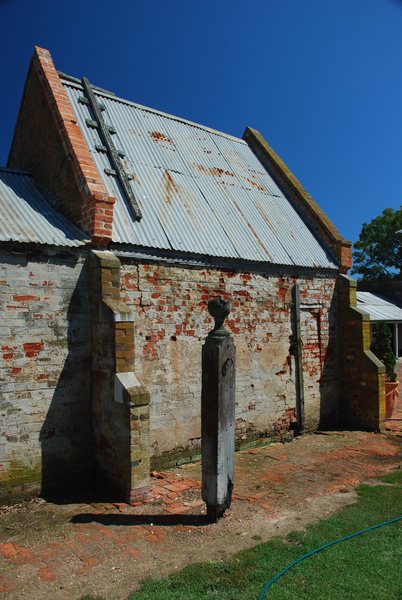
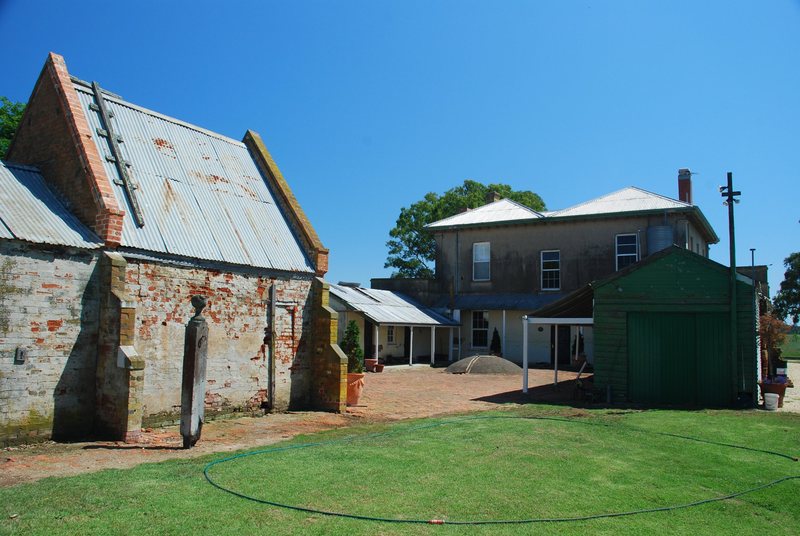





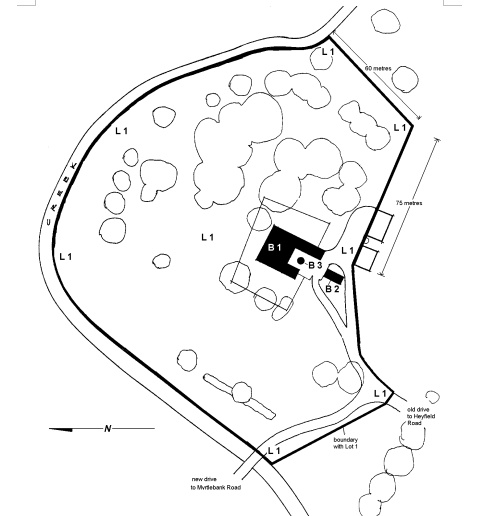
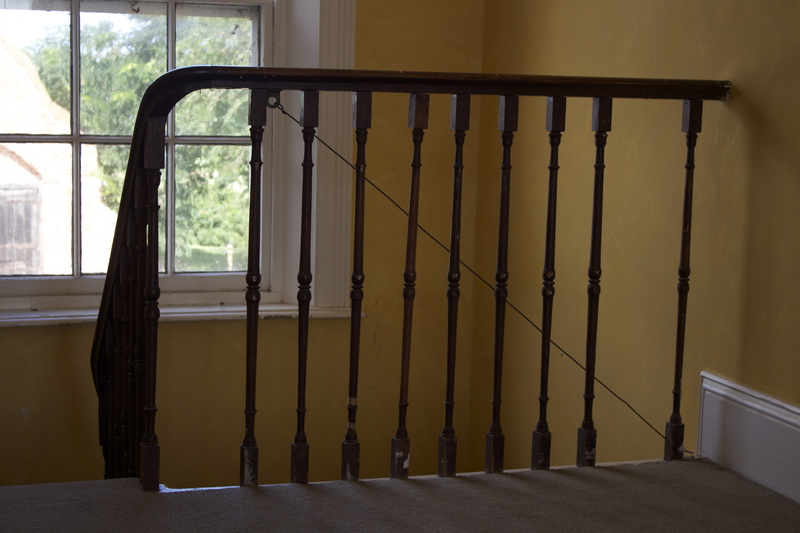
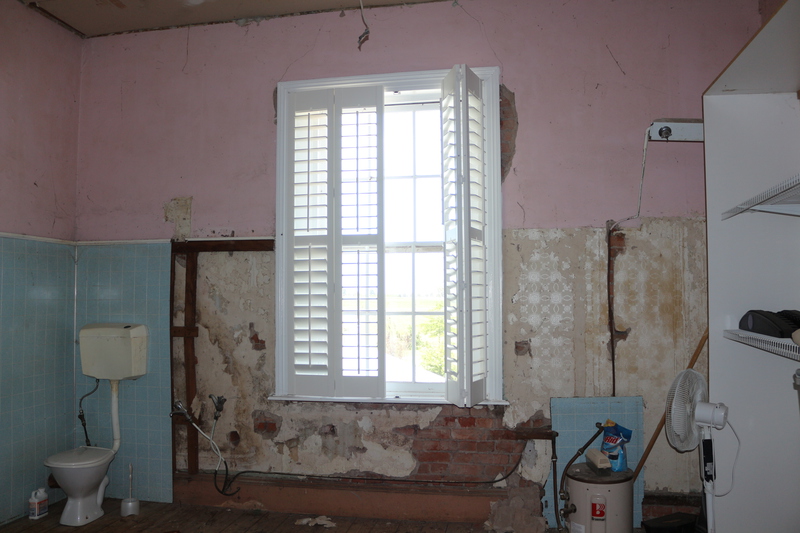
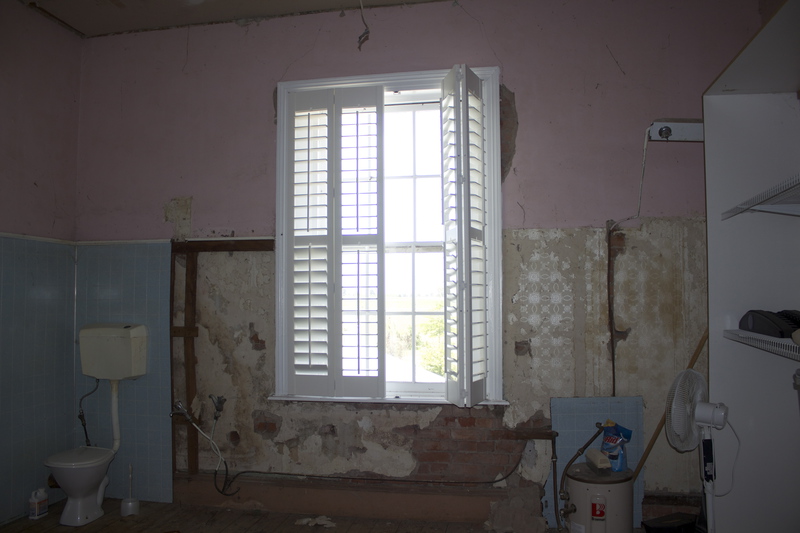
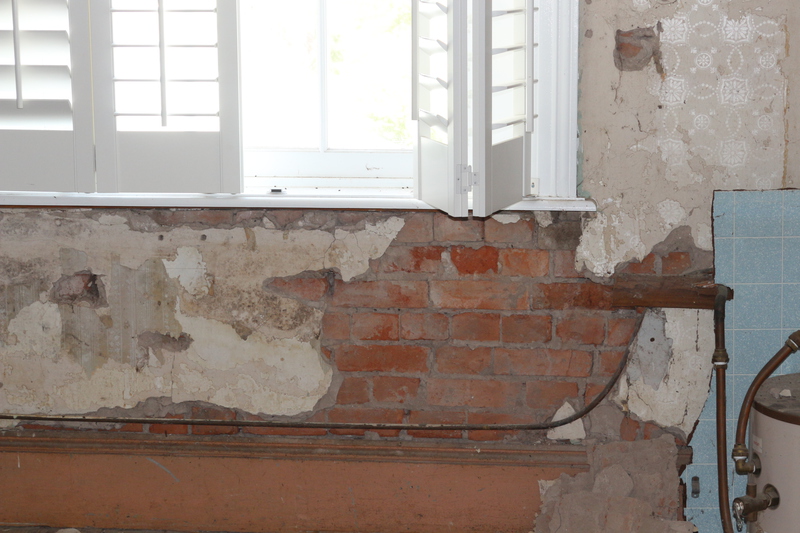
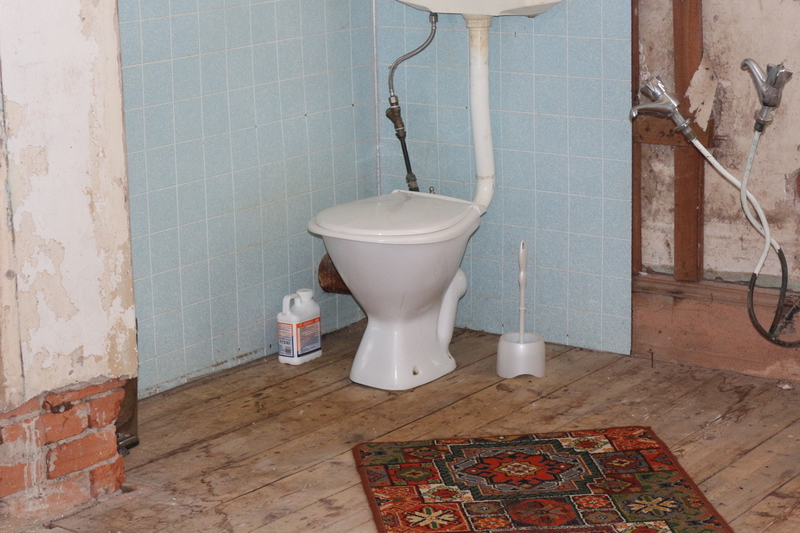
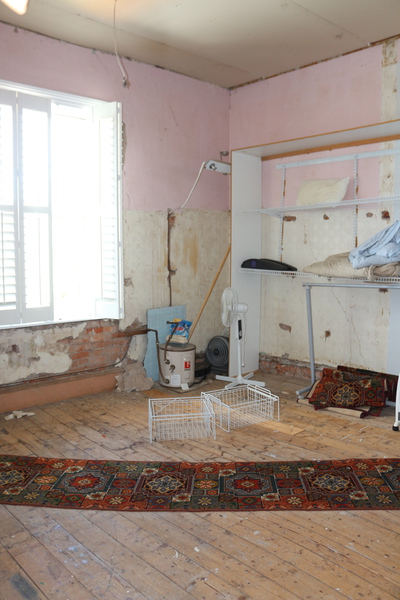
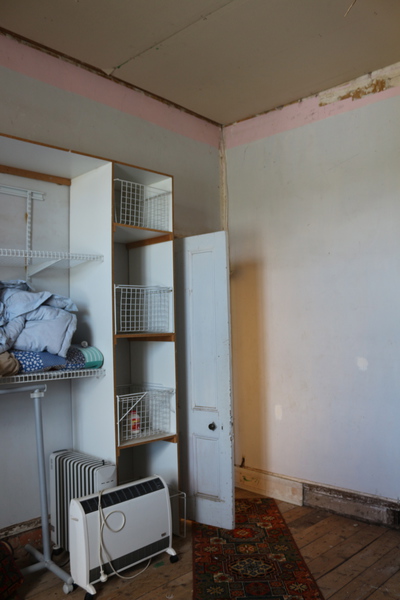
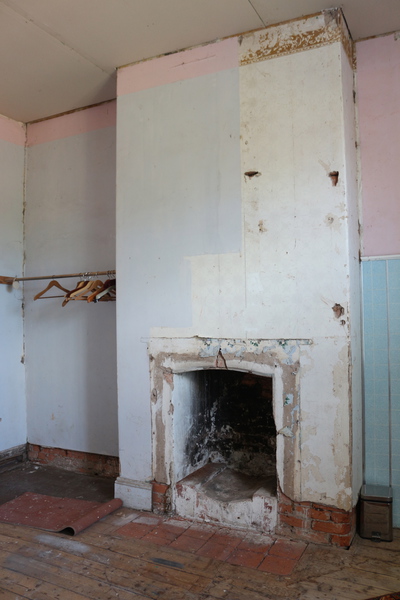
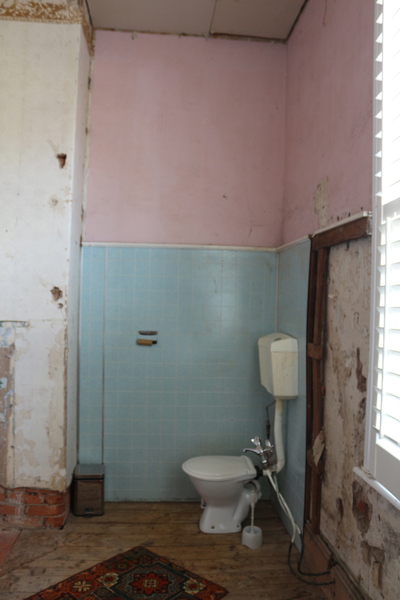
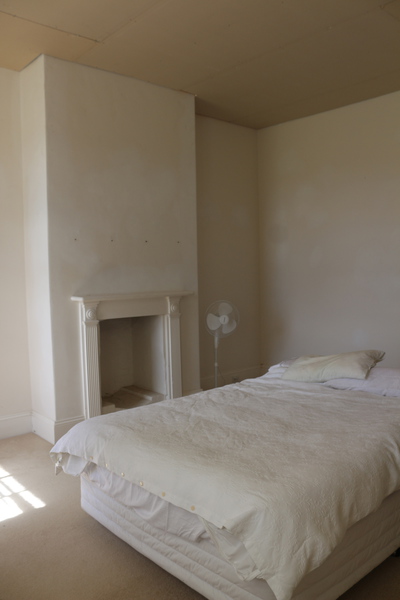

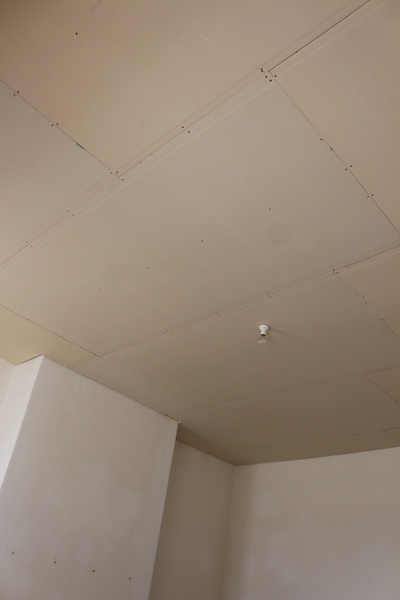
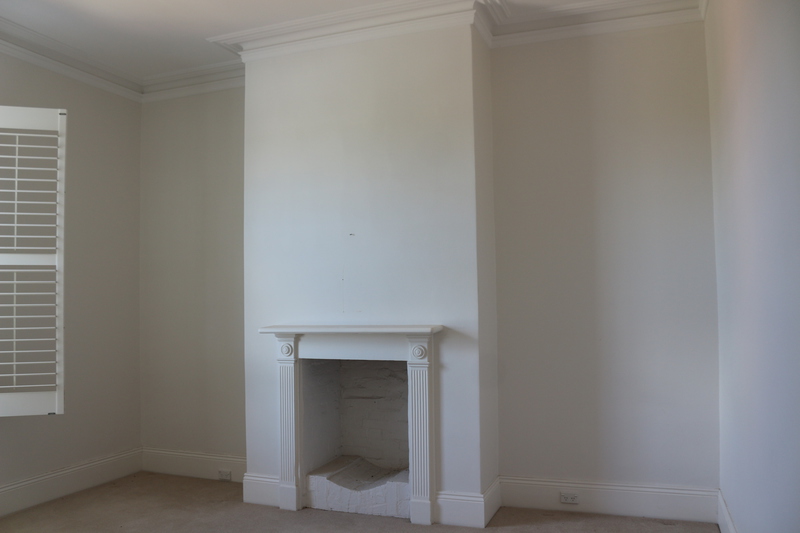
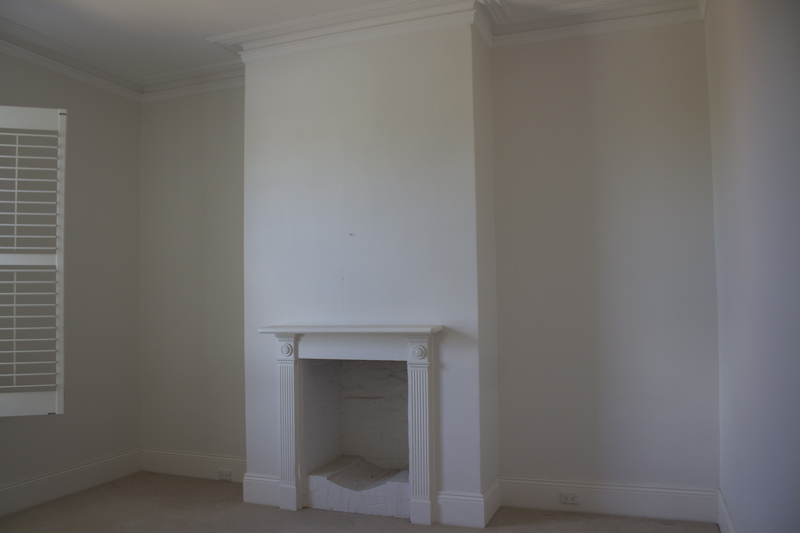
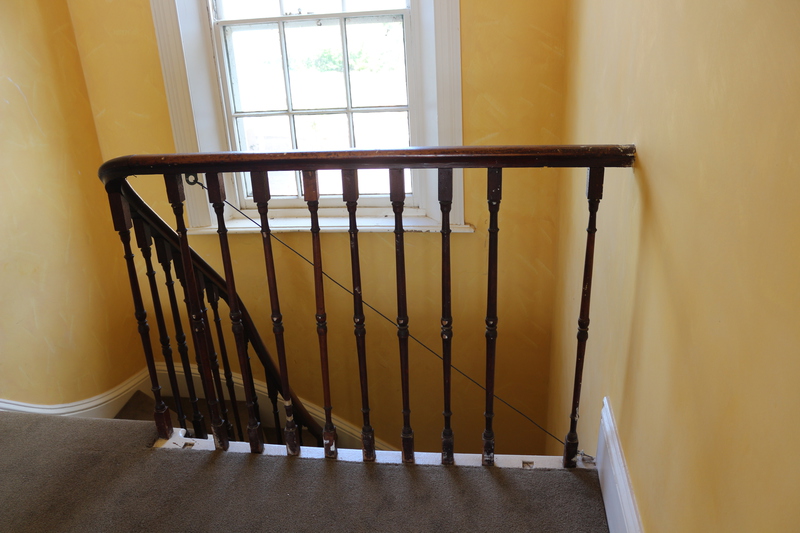
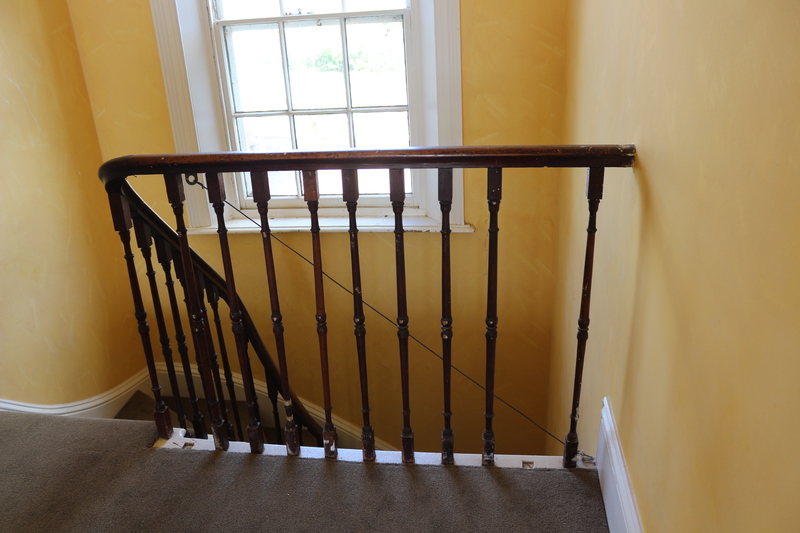
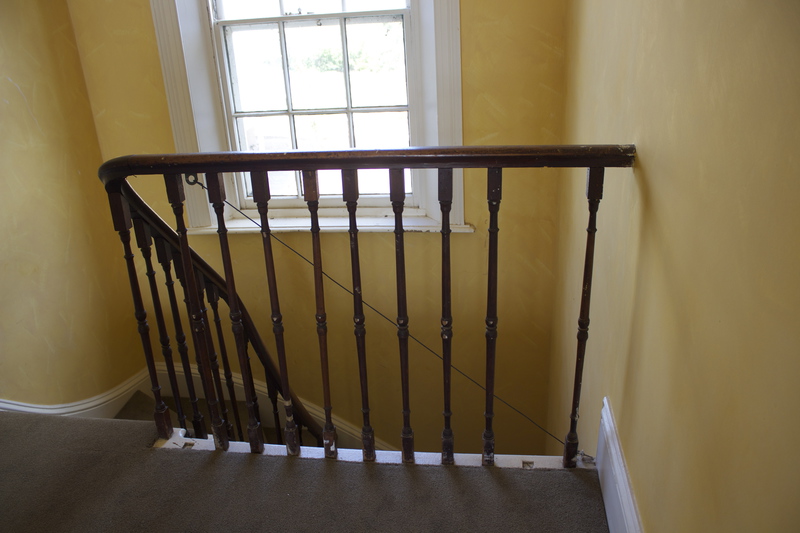
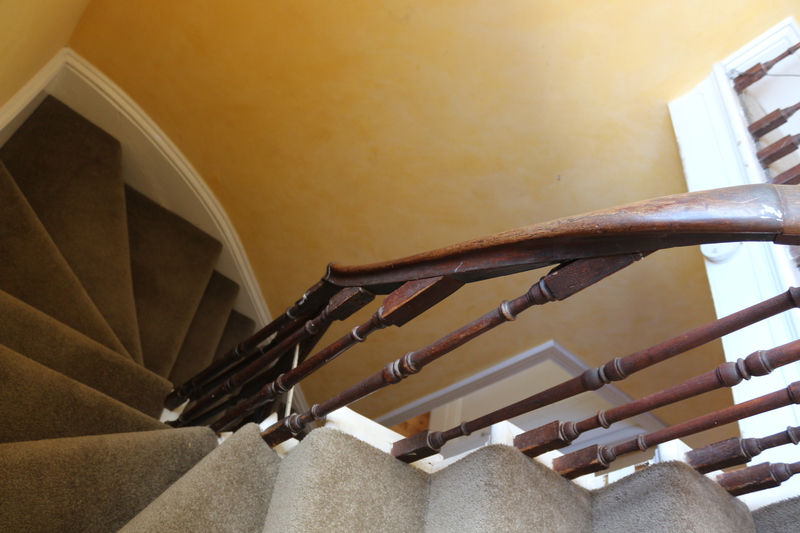
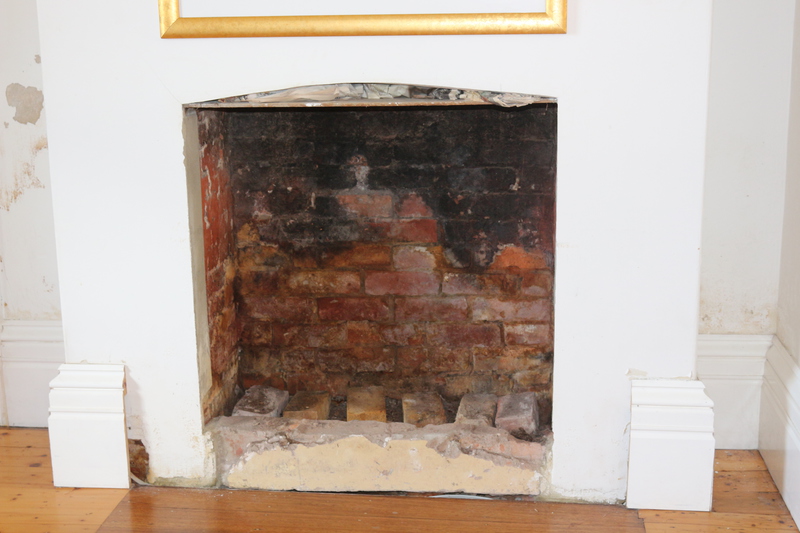
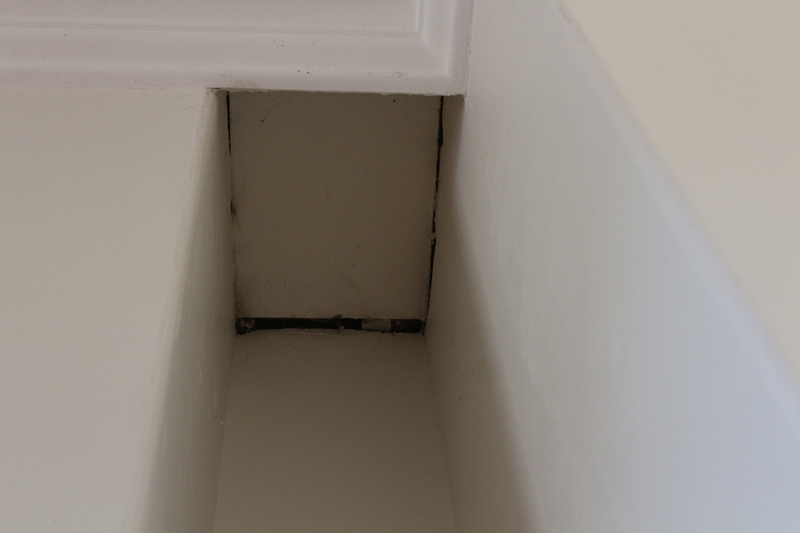
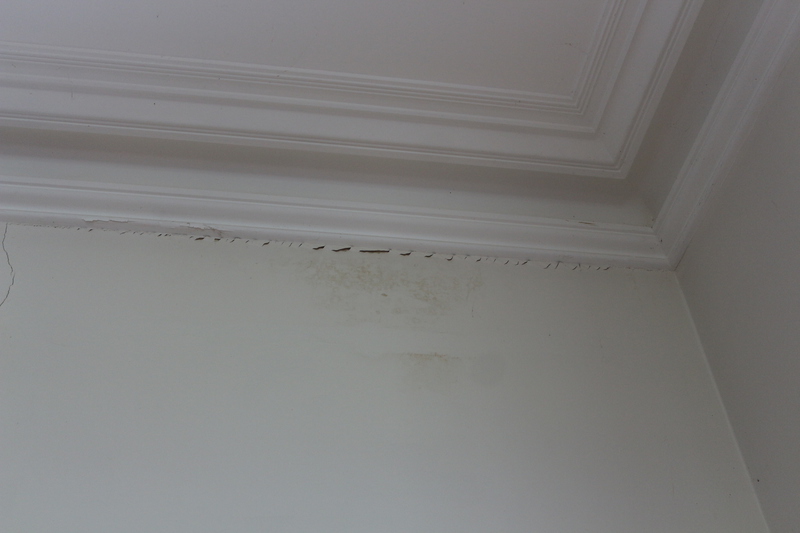
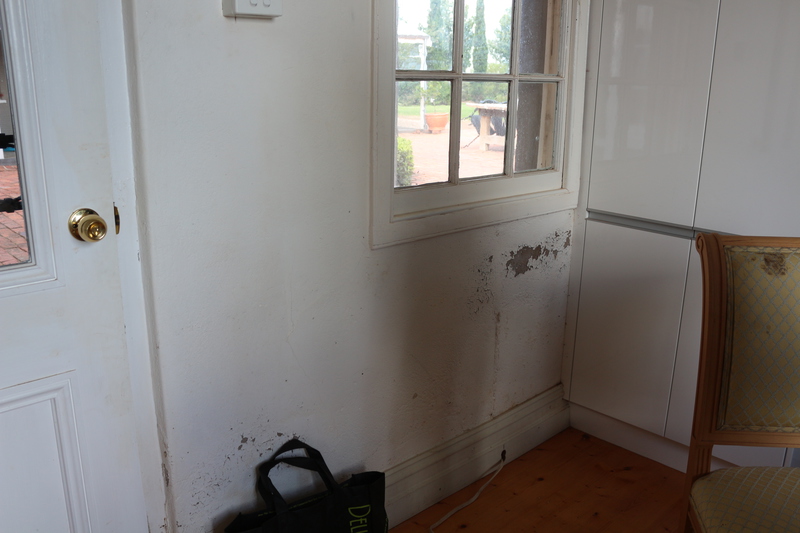
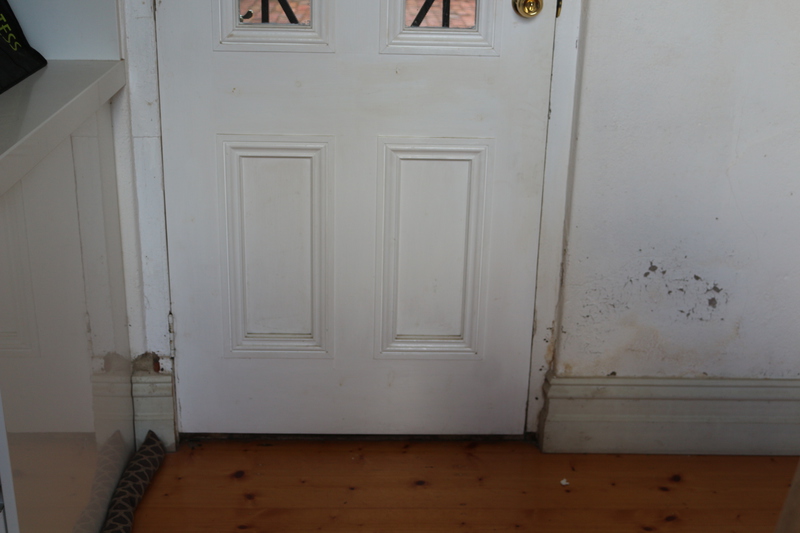
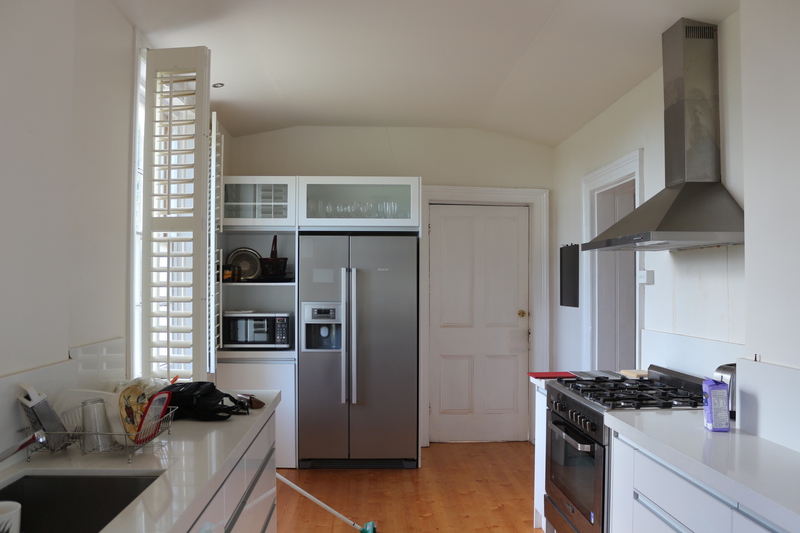
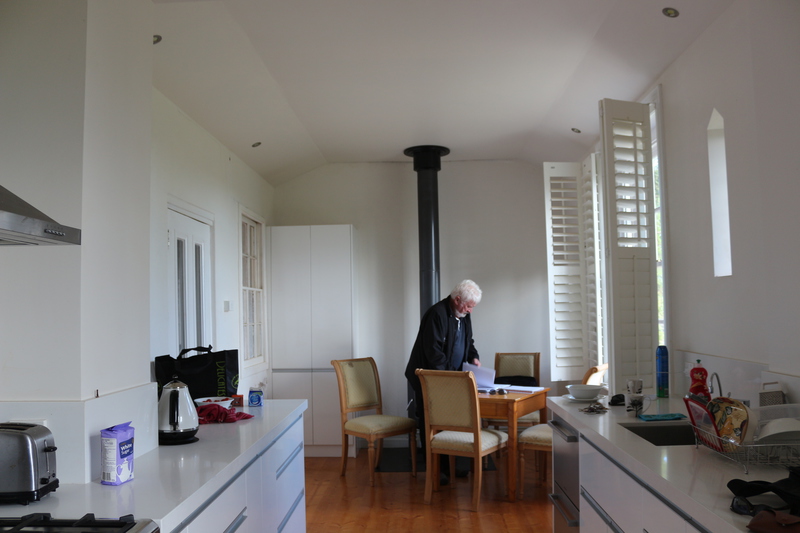
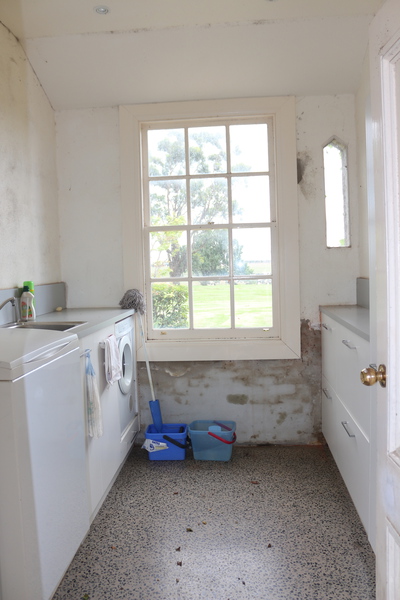
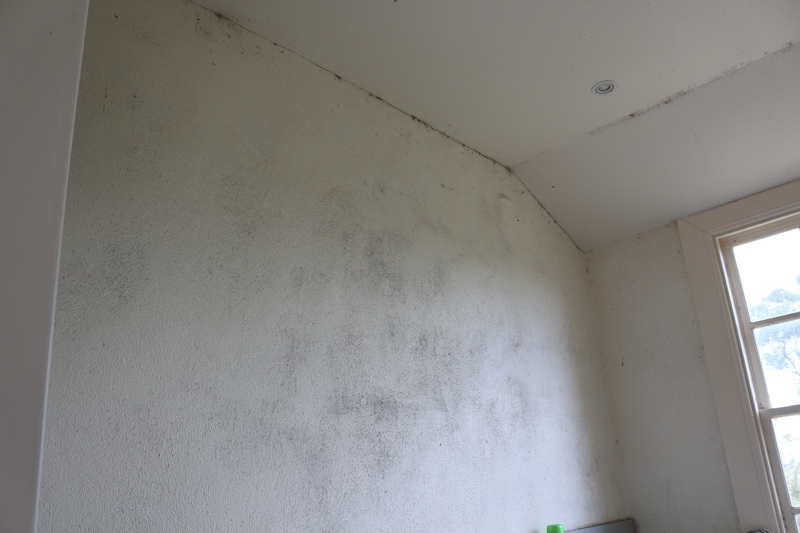
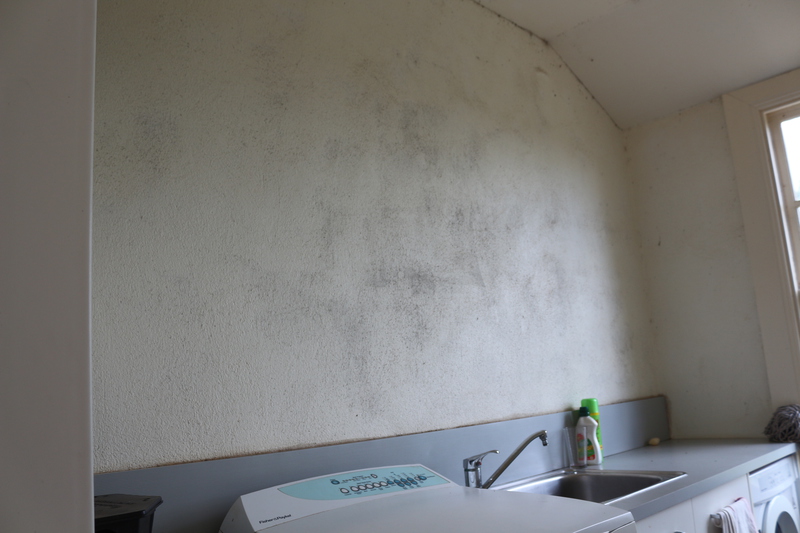
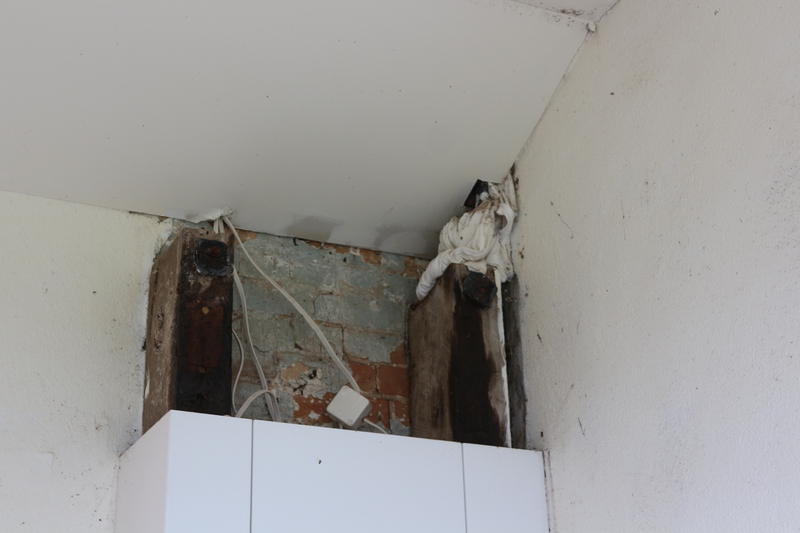
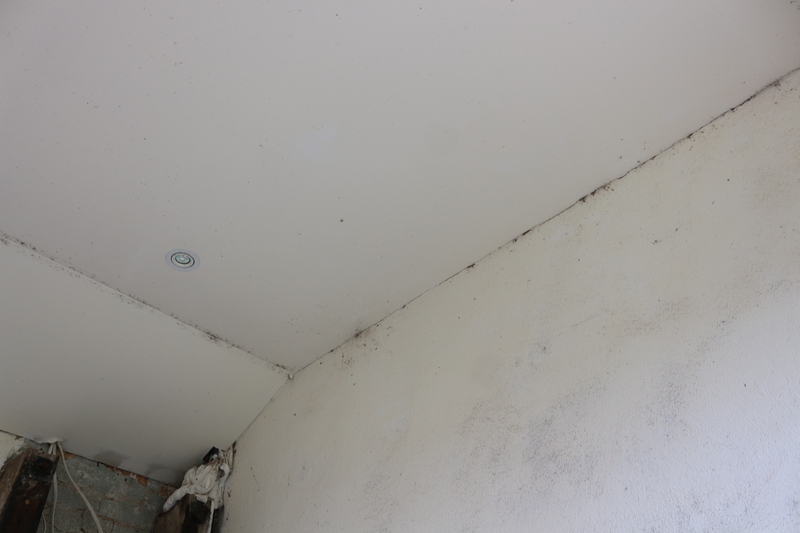
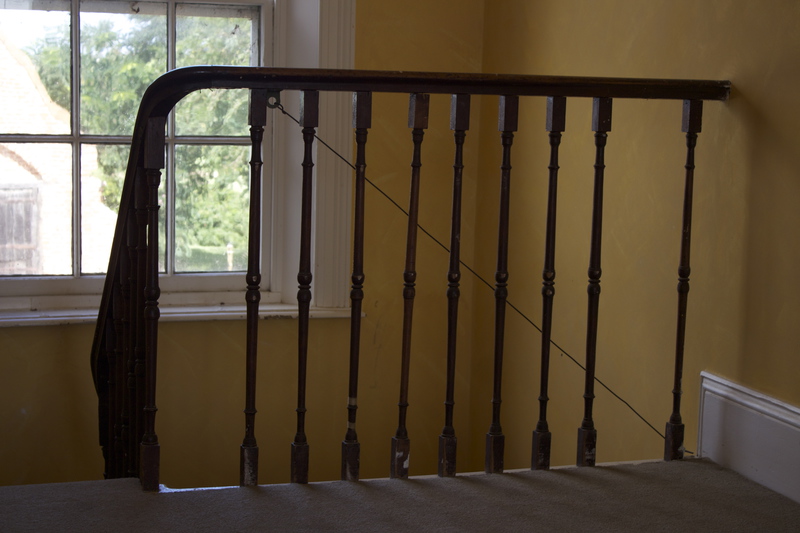
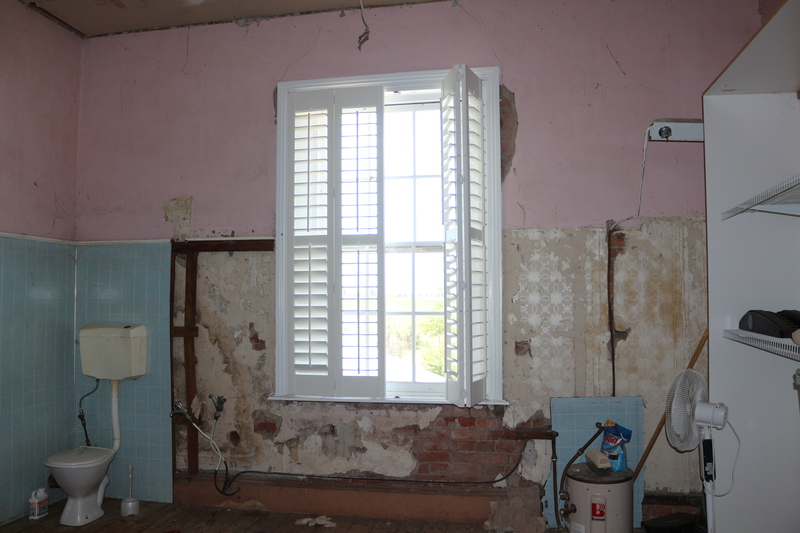
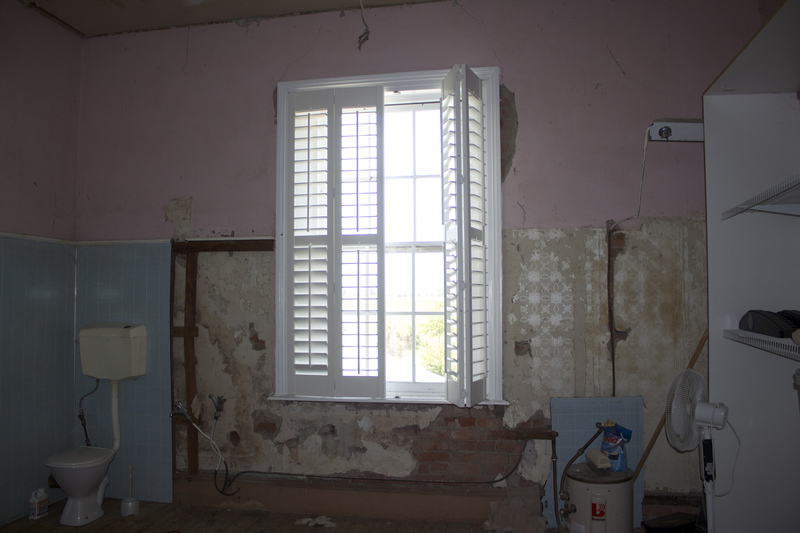
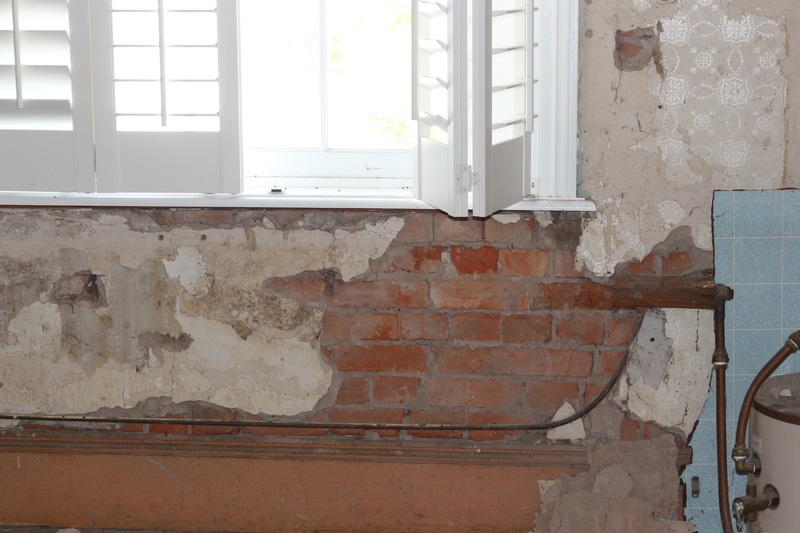
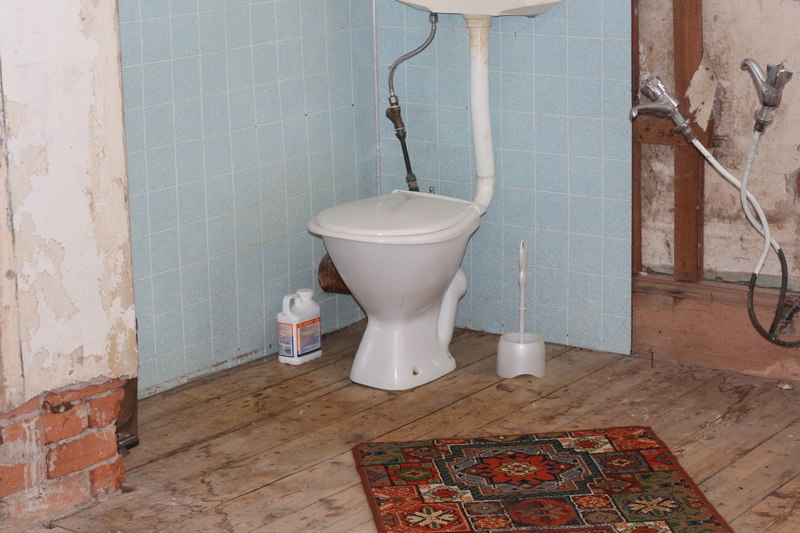
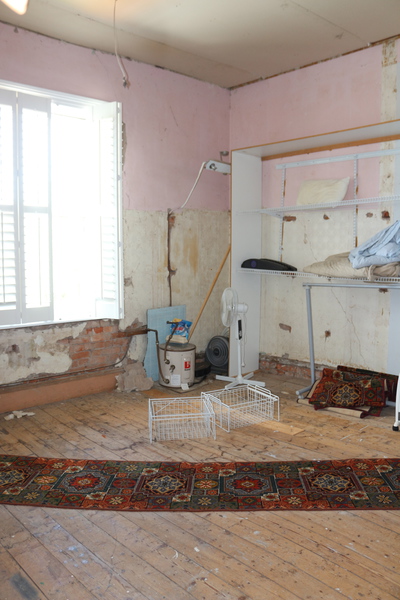
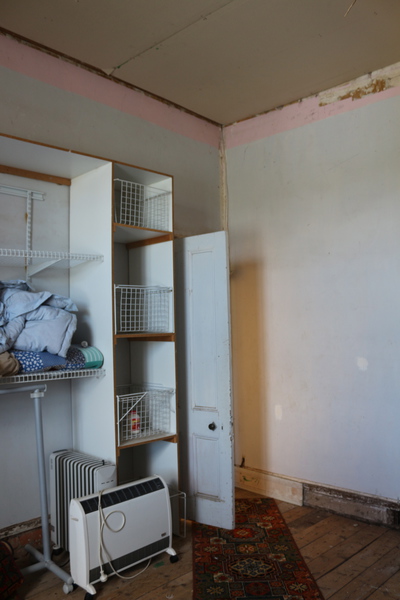
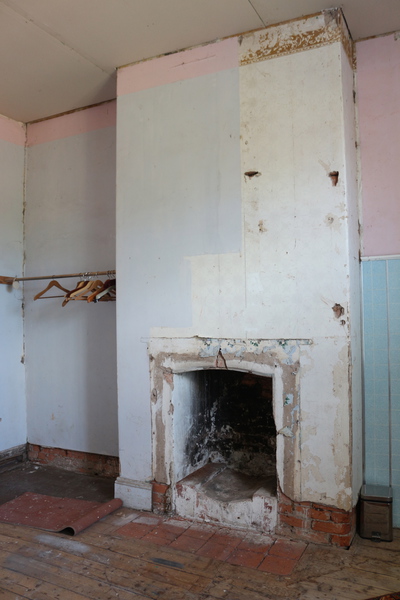
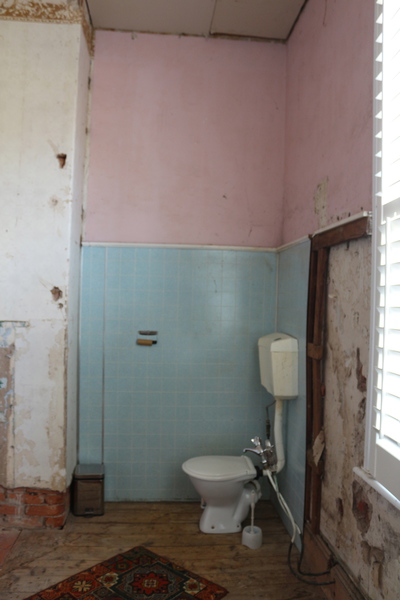

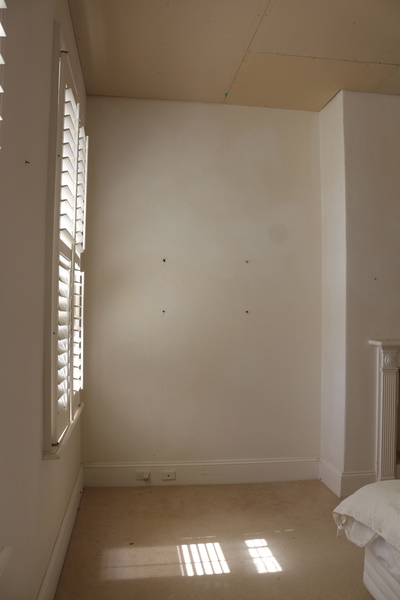
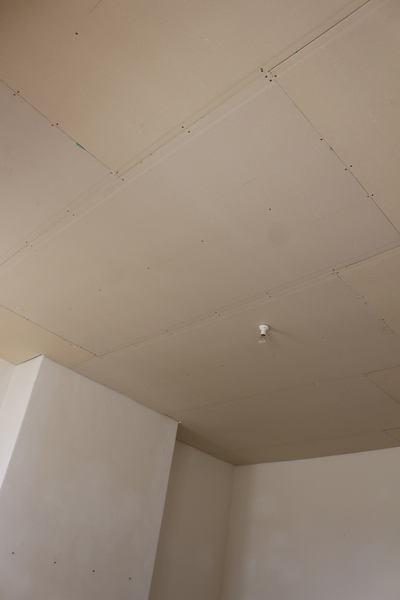
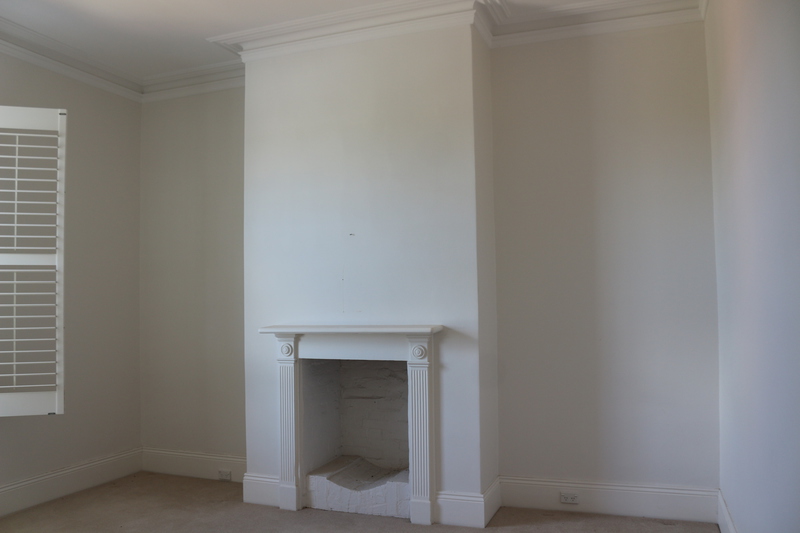
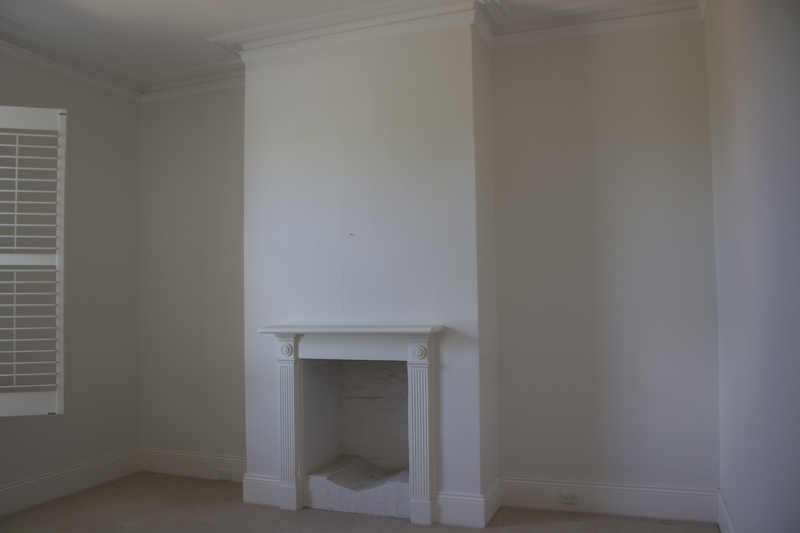
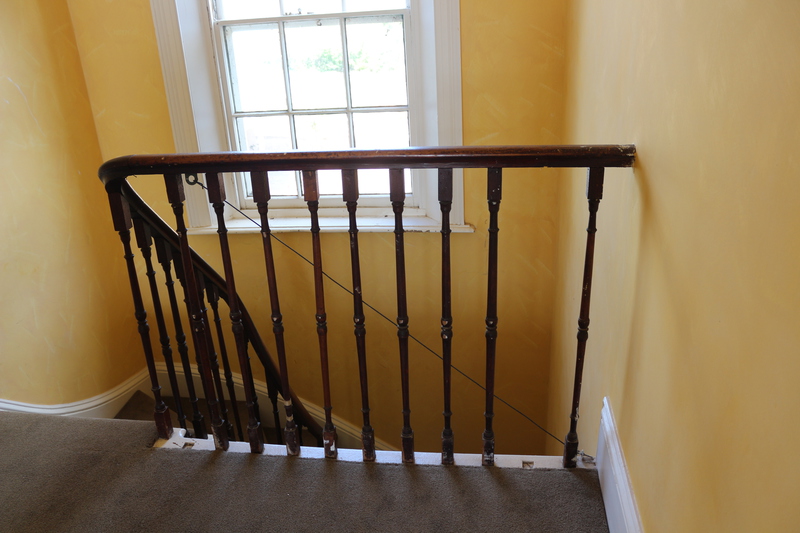
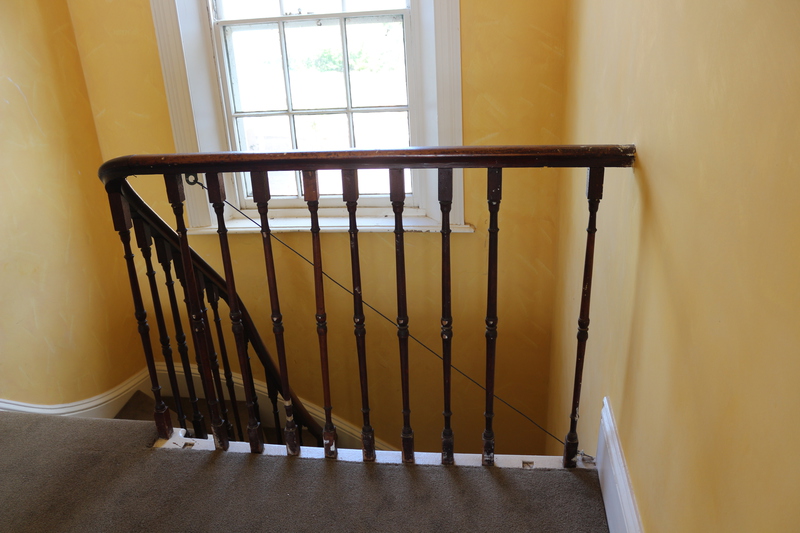
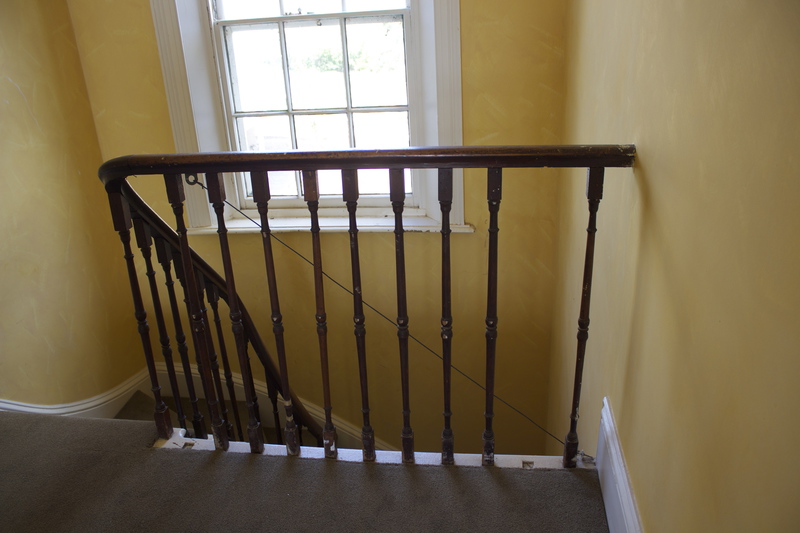

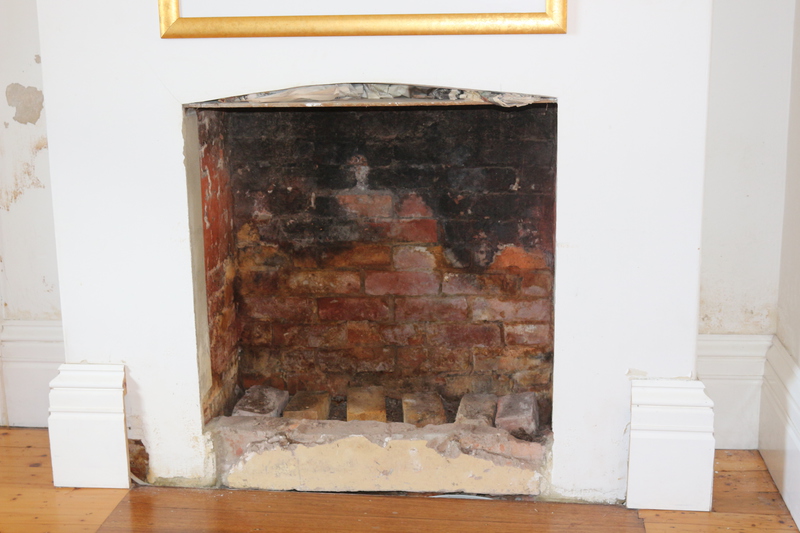
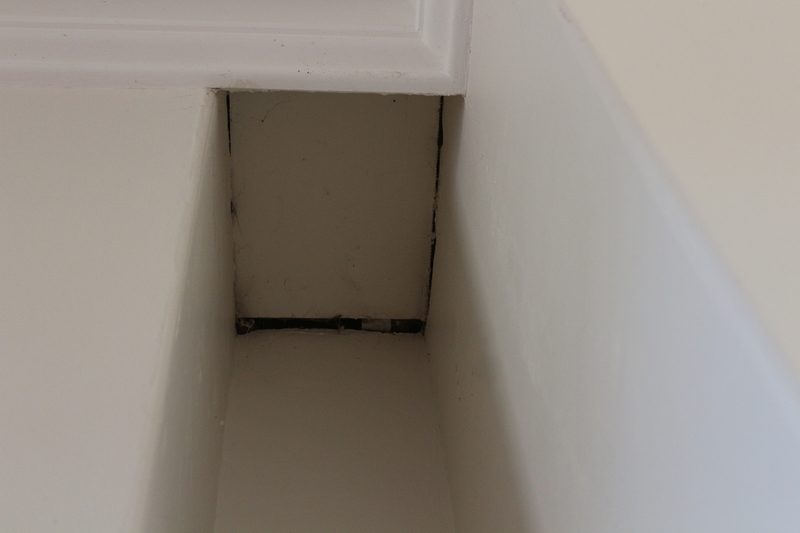
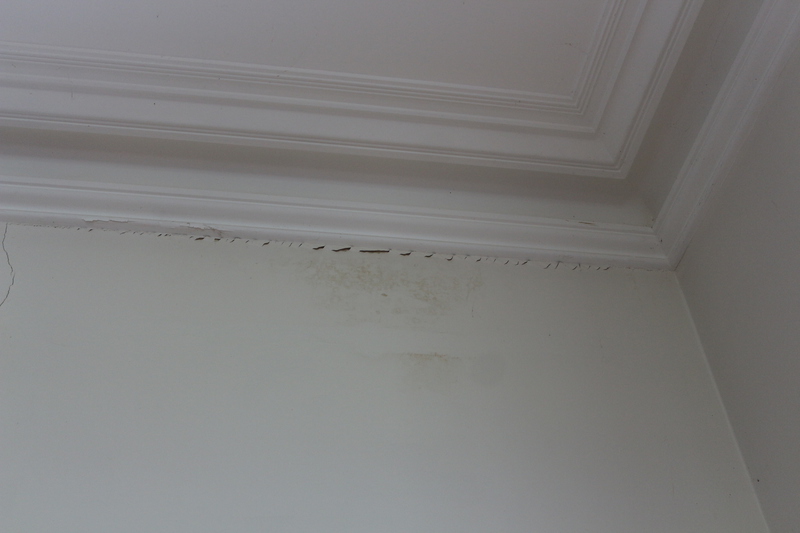
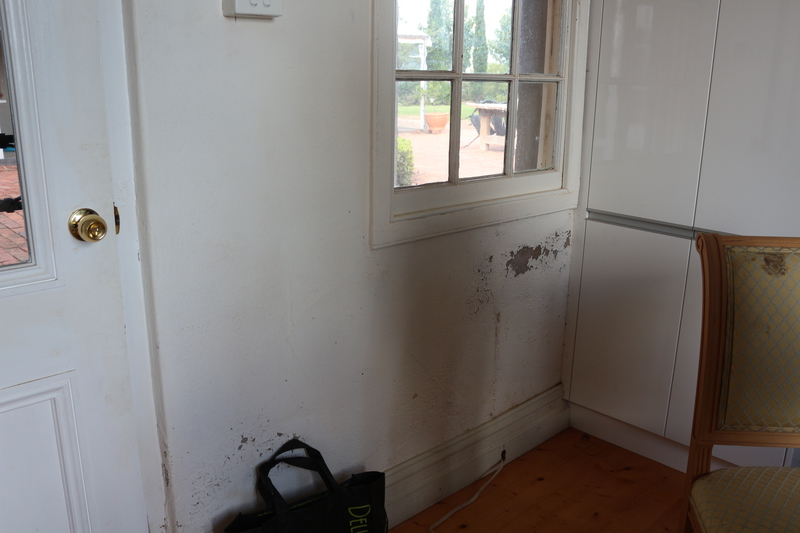
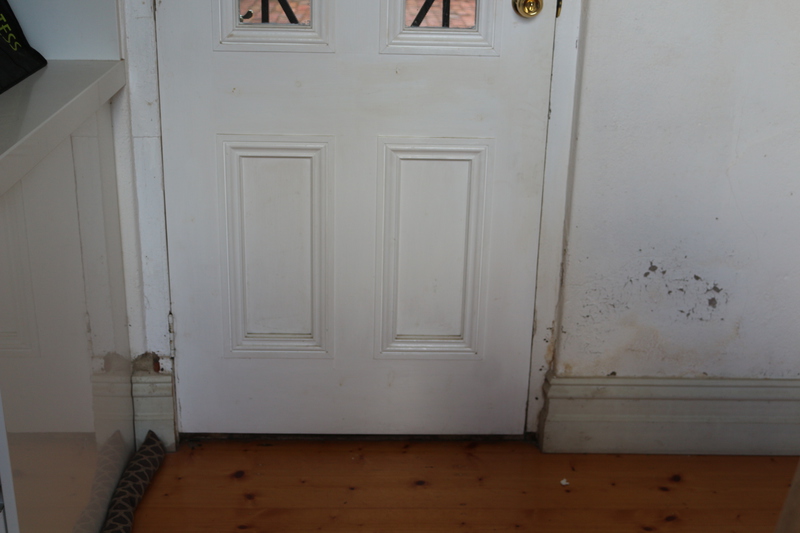
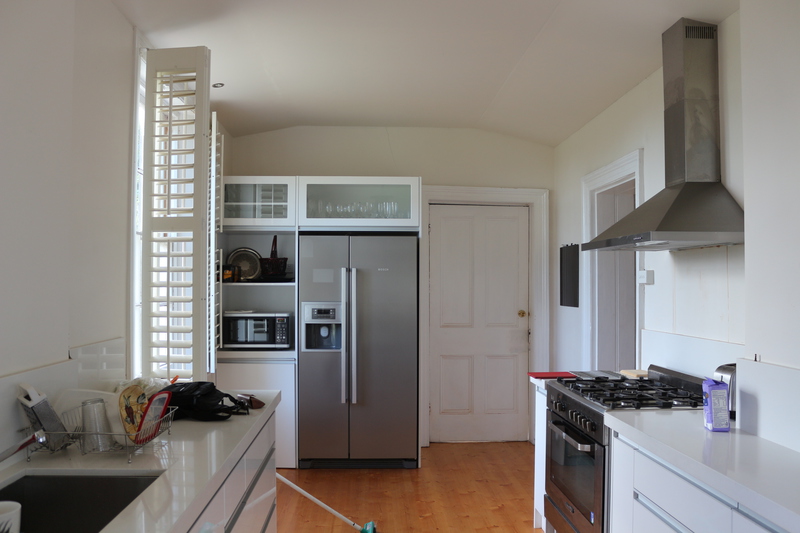
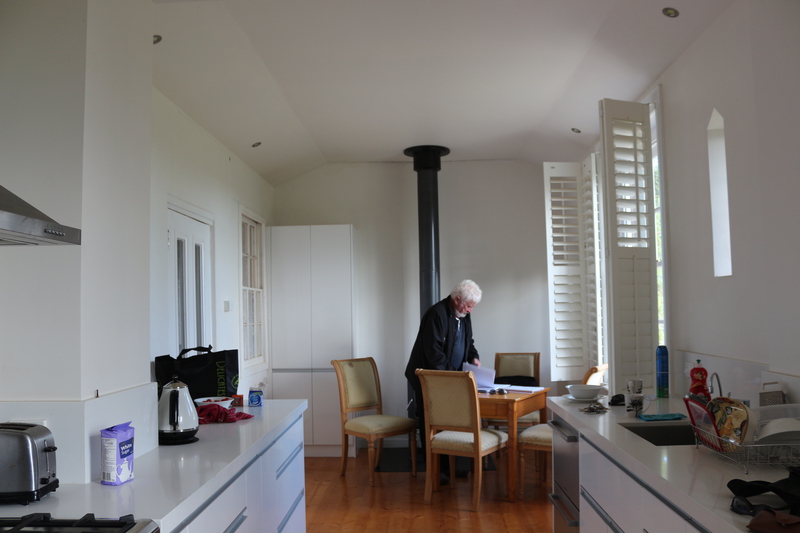
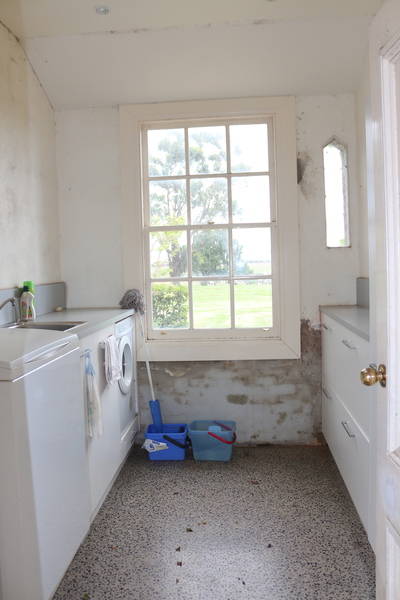
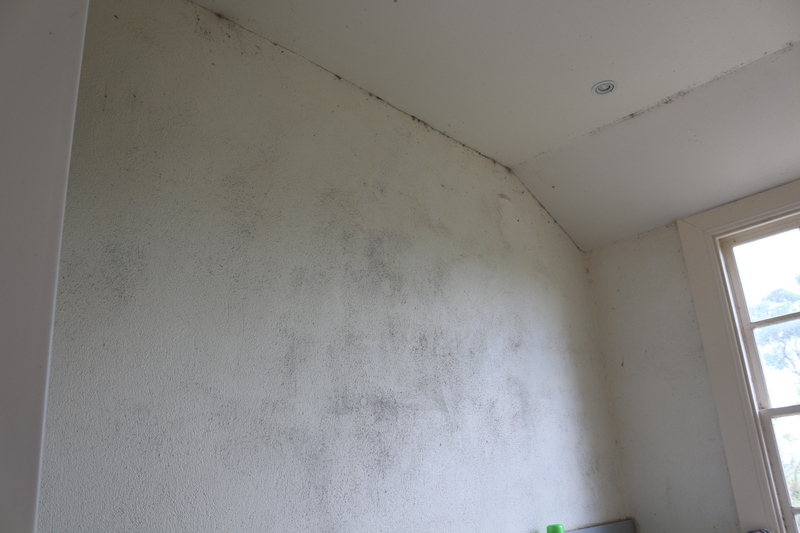
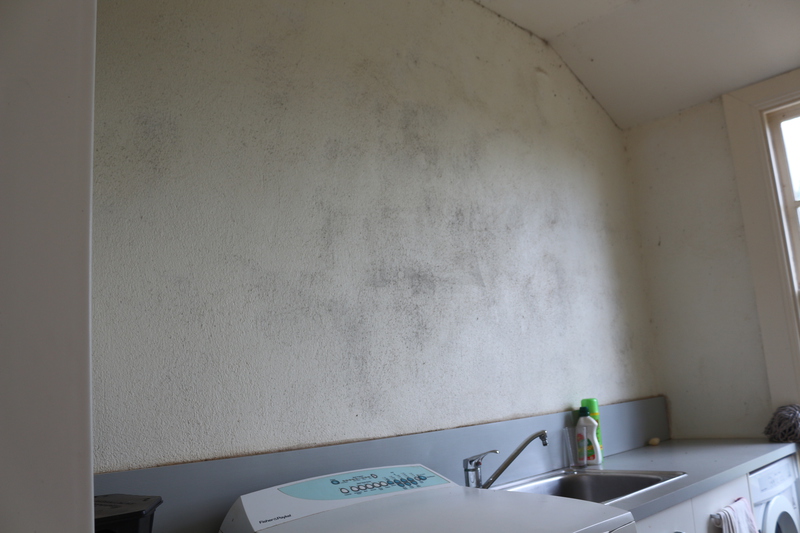
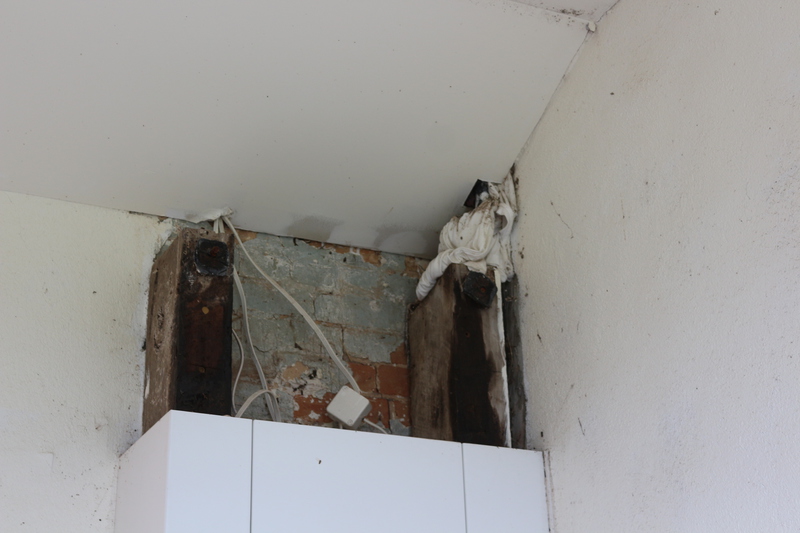
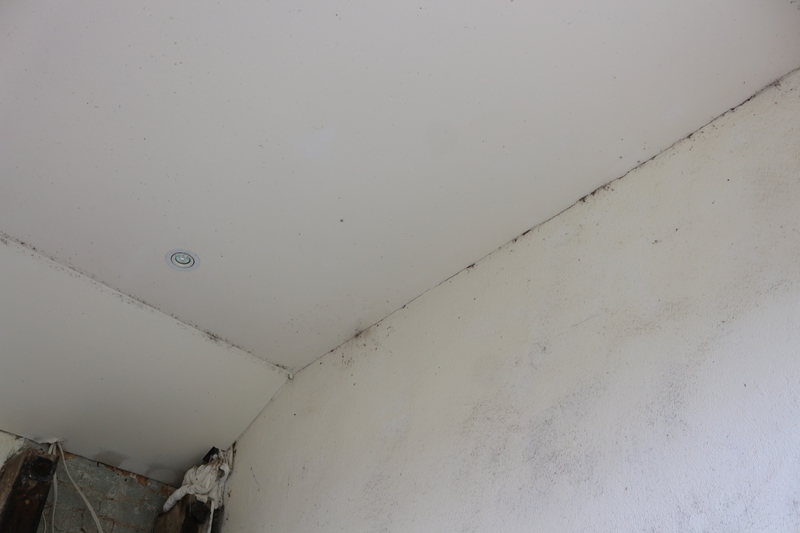
Statement of Significance
What is significant?
The pastoral run Fulham on Thomson river west of Sale was first taken up in 1841 by Peter Imlay of Twofold Bay (Eden) NSW. In October 1853 retired sea captain John William Jones acquired the run and soon after, certainly before 1856, erected a Colonial Georgian style, two storey homestead of brick. On the basis of stylistic and detail similarities the design has been tentatively attributed to Melbourne architect John Gill.
The house is regularly fenestrated, with a single storey timber verandah and its single storey outbuildings form a sheltered courtyard with a beehive well. The verandah has been later adorned with network brackets of art nouveau origin. The homestead is sited on a rise above a bend in a creek and looks toward the Thompson River. Some elms and eucalypts are the only remnants of formal plantings on the slope down to the creek. In 1991 the ruined stables were rebuilt although the attached groom's quarters were demolished. The property has passed through many ownerships, none of them very long and was used by the Royal Australian Air Force during the Second World War. Fulham Park was purchased by Norman Gooch in 1944 and remained in the Gooch family ownership until 1998 when it was subdivided.
How is it significant?
Fulham Park Homestead is of architectural and historical significance to the State of Victoria.
Why is it significant?
Fulham Park Homestead is of architectural importance as an early example of the Colonial Georgian style, a form rarely found in Victoria. The quality of the design is enhanced with distinctive and restrained joinery, with the entrance doorway and fenestration of particular note. The architectural significance of the house would be further enhanced if the connection with important Victorian architect John Gill can be established.
Fulham Park Homestead is of historical significance as the residence of one of the oldest pastoral properties in eastern Victoria. The house is important as the earliest substantial homestead building in East Gippsland and for its relatively intactness.
-
-
FULHAM PARK - History
Associated People: Assoc.People NEWMAN FAMILYFULHAM PARK - Permit Exemptions
General Exemptions:General exemptions apply to all places and objects included in the Victorian Heritage Register (VHR). General exemptions have been designed to allow everyday activities, maintenance and changes to your property, which don’t harm its cultural heritage significance, to proceed without the need to obtain approvals under the Heritage Act 2017.Places of worship: In some circumstances, you can alter a place of worship to accommodate religious practices without a permit, but you must notify the Executive Director of Heritage Victoria before you start the works or activities at least 20 business days before the works or activities are to commence.Subdivision/consolidation: Permit exemptions exist for some subdivisions and consolidations. If the subdivision or consolidation is in accordance with a planning permit granted under Part 4 of the Planning and Environment Act 1987 and the application for the planning permit was referred to the Executive Director of Heritage Victoria as a determining referral authority, a permit is not required.Specific exemptions may also apply to your registered place or object. If applicable, these are listed below. Specific exemptions are tailored to the conservation and management needs of an individual registered place or object and set out works and activities that are exempt from the requirements of a permit. Specific exemptions prevail if they conflict with general exemptions. Find out more about heritage permit exemptions here.Specific Exemptions:EXEMPTIONS FROM PERMITS:
(Classes of works or activities which may be undertaken without a permit under
Part 4 of the Heritage Act 1995)
General Conditions:
1. All exempted alterations are to be planned and carried out in a manner
which prevents damage to the fabric of the registered place or object.
2. Should it become apparent during further inspection or the carrying out of
alterations that original or previously hidden or inaccessible details of the
place or object are revealed which relate to the significance of the place or
object, then the exemption covering such alteration shall cease and the
Executive Director shall be notified as soon as possible.
3. If there is a conservation policy and plan approved by the Executive
Director, all works shall be in accordance with it.
4. Nothing in this declaration prevents the Executive Director from amending
or rescinding all or any of the permit exemptions.
5. Nothing in this declaration exempts owners or their agents from the
responsibility to seek relevant planning or building permits from the
responsible authority where applicable.
No permits are required for works which are in accordance with the
conservation analysis and management plan prepared by Robert Sands in August
1992.
-
-
-
-
-
FULHAM PARK
 Victorian Heritage Register H0331
Victorian Heritage Register H0331
-
'Altona' Homestead (Formerly 'Laverton' Homestead) and Logan Reserve
 Hobsons Bay City
Hobsons Bay City
-
-








